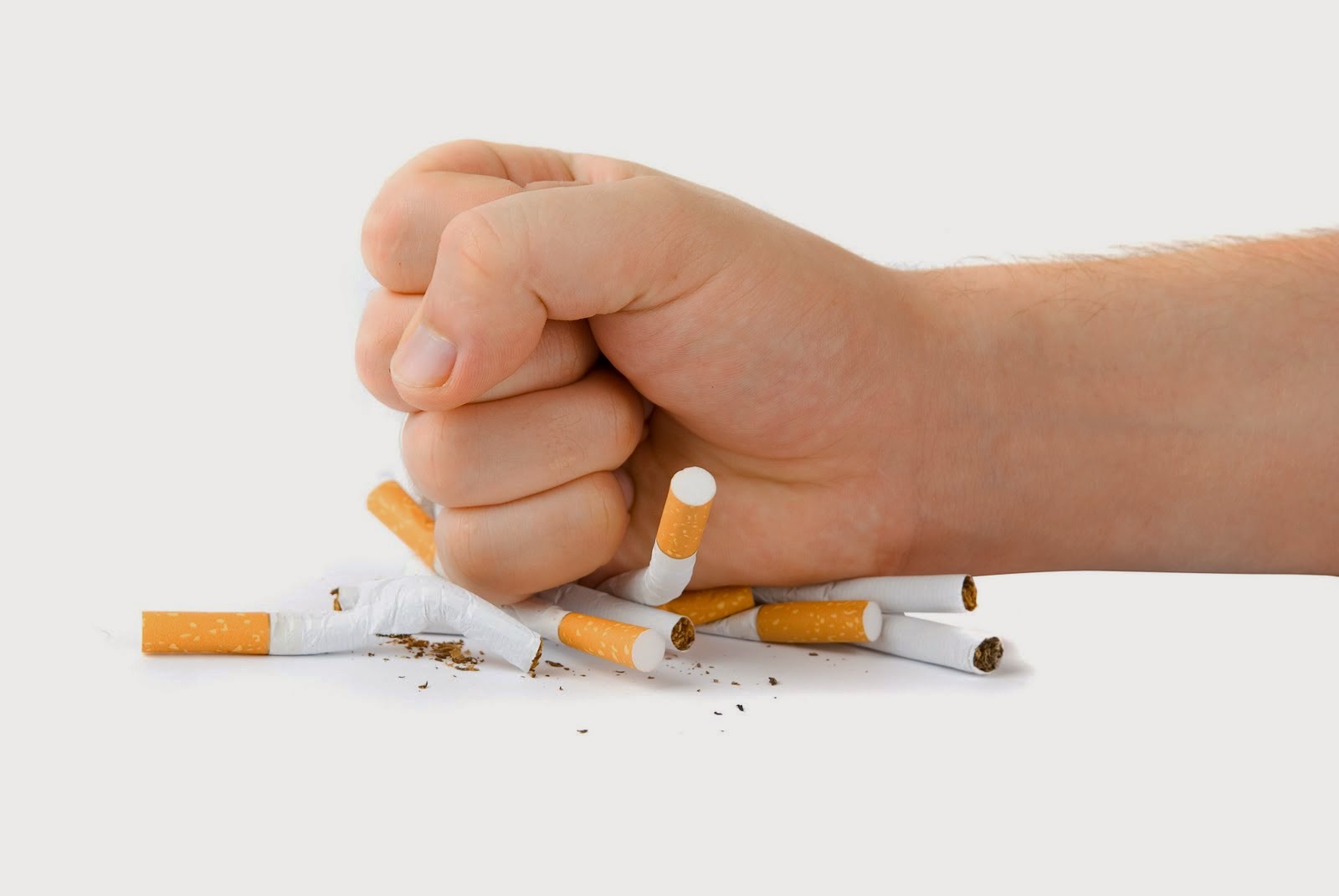Varicose veins are twisted, enlarged veins near the surface of the skin. They are most common in the legs and ankles. They usually aren't serious, but they can sometimes lead to other problems.
Varicose veins are caused by weakened valves and veins in your legs. Normally, one-way valves in your veins keep blood flowing from your legs up toward your heart. When these valves do not work as they should, blood collects in your legs, and pressure builds up. The veins become weak, large, and twisted.
Any condition that puts excessive pressure on the legs or abdomen can lead to varicosity. Hormonal fluctuations during pregnancy and menopause may be responsible for the high proportion of varicosities among women. Dietary deficiencies or the loss of skin elasticity due to aging are the contributory factors. Prolonged standing or sitting, constipation, constructive clothing, lack of exercise, obesity, or repeated heavy lifting can interfere with normal circulation and can worsen existing varicosities.
Surgery is often used to remove the unsightly damaged veins, by either stripping them out, or by tying or blocking them off, or thus allowing secondary channels of circulation to take over the load. However, this is not a permanent cure as there is a possibility of recurrence.
Herbal treatments, dietary changes and lifestyle modification appear to work by strengthening the walls of veins and other vessels. They primarily relieve symptoms of aching, heaviness, and swelling in the legs and ankles.
Prefer whole foods diet with fresh fruits, including gooseberry, and citrus family fruits, whole grains, especially, wheat and millet. To disperse build-up of a protein that makes skin near varicose veins hard and lumpy, try eating more garlic, onion, ginger, and pineapple, which contains bromelain, an enzyme that promotes break-up of fibrin. Eat plenty of fish and cut down on red meat as much as possible.
Any programme of regular exercise stimulates circulation, improves muscle tone, and helps prevent varicosities. Walking and swimming are considered excellent therapy, as are gentle leg-muscle stretches and utilizing a rocking chair while watching television. Start your morning with a brisk walk or finish your day with a swim or bicycle ride.
Regular massage can significantly alleviate discomfort associated with varicose veins. Never massage directly on varicose veins. For an additional benefit, you can apply Prasaarini tailam or Chandanabala laakshaadi tailam externally.
Raise the foot of the bed by up to six inches (place wooden block under the feet). This is not uncomfortable and helps gravity to ease backpressure on the veins at night. Also, avoid standing still for lengthy periods. If your job requires you to be on your feet constantly, stretch and exercise your legs as often as possible to increase circulation and reduce pressure build-up. If you like to sit with your legs crossed, cross them at the ankles rather than the knees for better circulation.
Reasonably, well-documented treatment for venous insufficiency is the tropical creeper Brahmi. In practice, four weeks of treatment with Brahmi frequently produces welcomed benefits in the discomfort of chronic venous insufficiency. The usual dosage of Brahmi is 10 to 20 ml, two times a day. Punarnavaadi guggulu. Naagaarjunaabhra ras, Chandra prahbaa vati etc., are some of the popular prescribed medicines.





















